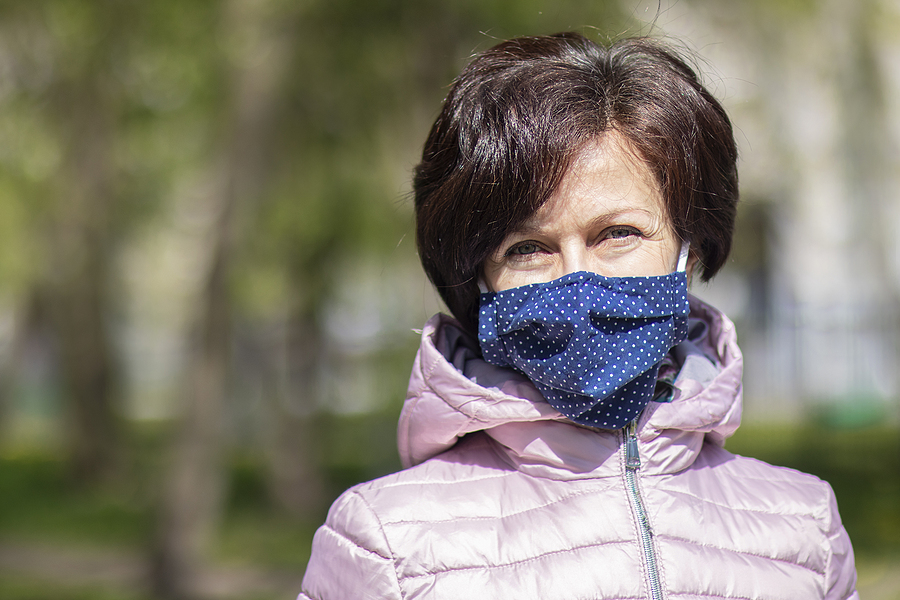In recent months there’s been talk of vitamin D boosting our immunity in the face of COVID-19. So how much attention should we be paying to our levels right now?
While the research on this isn’t consistent, a major investigation into vitamin D at the Queensland Institute of Medical Research has shown it to be important in reducing the risk of acute respiratory infections, especially in people whose levels are low.
But depending on who you listen to, low vitamin D is either widespread or not much of an issue. And its effects are either overhyped or it’s a super-vitamin that helps to avoid conditions such as heart disease, breast cancer, osteoporosis and dementia, as well as viral infections.
There are also differing views as to what constitutes low or optimal levels, though when we’re tested, less than 50 nmol/L is considered too low.
The most recent ABS figures on vitamin D (2011-2012) indicated that about a quarter of Australians had levels lower than that.
University of Auckland medical researcher Mark Bolland believes that most of us don’t need supplements, especially if we’re healthy, doing outdoor activity (i.e. in the sun) and eating foods that contain vitamin D.
That list of those foods isn’t long, but let’s start with being outside in the sun. Many of us don’t spend much time doing that because of the concern that if we’re in the sun without sunscreen we’re damaging our skin. It’s not always easy to work out how much is the right amount.
But other factors limit our sun exposure too. I recently spoke to a woman in her 70s who lives in Melbourne. Between COVID and her health conditions she’s barely been outside for months.
Anyone who works in an office and does a fair amount of commuting mightn’t see enough sun, and the same applies to women who cover up for religious or cultural reasons.
As for food sources, there’s even disagreement around this. The standard view is that vitamin D is found in oily fish, egg yolk and mushrooms exposed to sun (though most of what’s sold in shops are grown in the dark). It’s also added to some processed foods such as margarines, soy drinks, cereals and dairy.
Sally Fallon Morell, an American who’s spent decades studying and writing about traditional diets, makes a case for adding cod liver oil, pastured (grass fed) butter and lard to the list, though with the possible exception of the butter, it’s a fair bet that few of us are including these in our diet.
Given our cholesterol-phobic culture, many of us are also cautious with eggs and butter, but it’s worth noting that we need cholesterol to make vitamin D.
Back to COVID, some think we get more flu and respiratory illnesses in winter because vitamin D levels are lower when there’s less sun.
In countries hard hit by the virus, it’s been argued that the most vulnerable people also have low vitamin D, though it’s difficult to know how much that’s a contributing factor.
While there are a lot of missing pieces in this puzzle, we possibly have enough of it to say that vitamin D does seem to matter and that ideally, as Dr Bolland says, we’d get it from the sun and certain foods.
Where we don’t, and our levels are low, supplements are recommended. But it’s unwise to take those as a general tonic ‘just in case’.
Levels above 125 nmol/L are linked to more falls and more respiratory disease, and you only get levels like that from too much supplementation.
On a recent episode of Norman Swan’s radio program The Health Report it was claimed that we’re over-testing vitamin D in this country. None of us needs to be testing incessantly or even every year, but it makes sense to have a handle on our levels, perhaps especially in winter.
COVID-19 is mightily infectious, and there’s no evidence that vitamin D will protect against getting it. Better to rely on hand washing, social distancing and so forth for that.
But until there’s good evidence to the contrary, ensuring our levels are adequate would seem to be a smart move.

